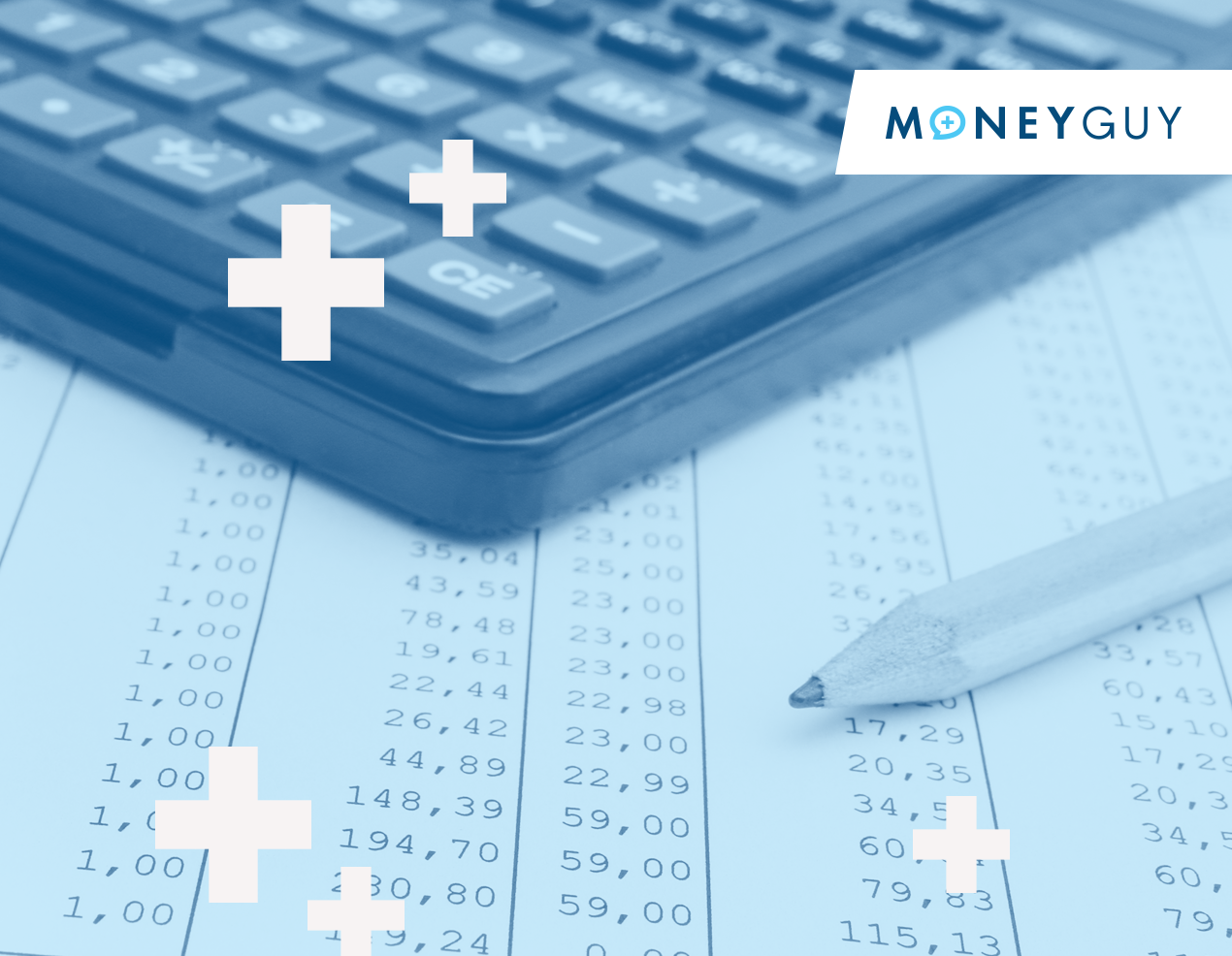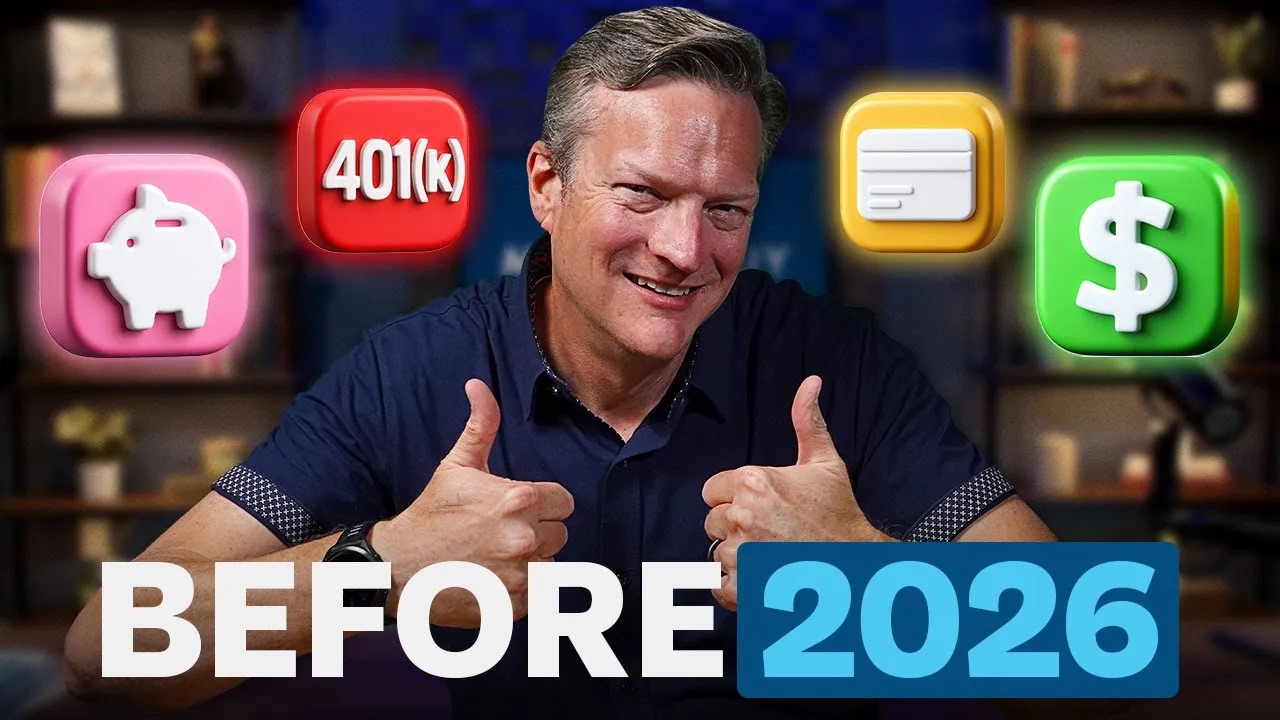We hit a major milestone in the fight against inflation last month: prices actually declined month over month for the first time since the early days of the pandemic in May of 2020 (as measured by the Consumer Price Index). That’s right, the last time we experienced a decline in prices we had a different president in the White House and many of us across the country were under lockdown orders and unable to go about our daily lives. Does the latest inflation data represent a turning point in the long battle against higher prices or is it still too early to tell? Let’s take a closer look.
Has inflation hit a turning point?
I desperately want to write what everyone wants to read: “yes, higher inflation is gone for the foreseeable future and we have nothing to worry about.” But that may not be true. It is very difficult to predict the future of inflation with any degree of certainty. Who foresaw that we would experience high inflation over the last few years? I wrote earlier this year about just how difficult it is to forecast the future of inflation. The number of interest rate cuts predicted this year, something the Federal Reserve is predicted to do when they feel inflation is sufficiently under control, has been a roller coaster ride. The chart below shows how expectations for interest rate cuts have changed throughout the year, which goes to show that nobody really knows with any certainty what will happen.

I can’t tell you what inflation will do in the future. I can tell you the unexpected news of prices declining for the first time since 2020 is unequivocally good and a positive sign that we are moving in the right direction.
Will prices continue to decline?
The first decline in the Consumer Price Index in over four years might leave you wondering if prices could continue to decline and cause us to experience deflation instead of inflation. It’s tempting to dream of a decline in prices. What if we could all go back in time to 2020 when houses were more affordable, groceries didn’t cost an arm and a leg, and McDonald’s had a real dollar menu? As strange as it may sound, we definitely do not want prices to return to 2020 levels.
For prices to go back to what they were in 2020, we would have to experience significant deflation. And deflation doesn’t just happen in a vacuum. Prolonged drops in prices are the result of the economy suffering. It means wages would be dropping, Americans would lose their jobs en masse, and default rates on different types of debt would skyrocket. We’re all hoping for inflation to continue dropping to the Federal Reserve’s target level, but don’t want to experience deflation. One month-over-month decline in prices is not a sign we should start worrying about deflation, but it is important for the Federal Reserve to be aware of the danger of overcorrecting and keeping interest rates high for too long (and causing the economy to suffer).
Should you prepare for lower interest rates?
The chances of the Federal Reserve cutting interest rates this year, and maybe even cutting rates more than once, increased with the latest inflation data. When the Federal Reserve cuts rates, that affects everything from the interest rate on your high-yield savings account, to mortgage rates for homebuyers, and even the stock market.
As the likelihood of interest rate cuts increase, it could make sense to lock-in fixed rates on CDs or similar instruments if you are planning for a medium-term large purchase. For example, let’s say you are saving for a home and plan to purchase it in about three years. That timeframe is a little too short to feel comfortable investing that money in the stock market, but you could consider placing your money in a three-year CD which have rates as high as 5%. If interest rates drop, the rate on your CD does not. A 5% interest rate over the next three years may not sound like a huge deal, but if you are saving a large amount of money it could mean a few thousand extra dollars in your pocket at the end of the term.
For those who have taken out debt over the last few years when interest rates were higher, a decrease in rates could be a great opportunity to refinance your debt to a lower interest rate. We created a mortgage refinance guide to help you determine if it’s a good idea to refinance when lower interest rate mortgages are available. Refinancing higher interest debt is a great way to lower your cost of living and essentially give yourself a raise.
Nobody likes high inflation. Paying more for the goods and services you use everyday does not feel good, but thankfully we’ve received some pretty good news about inflation recently and, if this trend continues, the Federal Reserve could cut interest rates soon. We can’t tell you what will happen with inflation next, but we can help you take control of your finances and make the most out of every dollar. Newer to The Money Guy Show and want to know where to start? Check out this page created just for you.













